Susan T. Morgan, Bill Morgan – Creating the Inner Holding Environment in Meditation
Salepage : Susan T. Morgan, Bill Morgan – Creating the Inner Holding Environment in Meditation
Archive : Susan T. Morgan, Bill Morgan – Creating the Inner Holding Environment in Meditation
FileSize :
- Faculty:
- Susan T. Morgan | Bill Morgan
- Duration:
- 1 Hour 31 Minutes
- Format:
- Audio and Video
- Copyright:
- Oct 17, 2016
Description
Why do westerners struggle to establish a regular meditation practice? Could it be that traditional instructions are not engaging enough for our high stimulus cultural milieu? Might creating a sound, consistent formal meditation practice enhance a clinician’s capacity for therapeutic presence?
In order to support a more enlivening atmosphere for meditation, there are several important building blocks which need to be established at the beginning of practice. If these are overlooked meditation is more likely to be colored by restlessness, boredom and cognitive drift. These foundational elements-a settled posture, an easy breath and affectively engaged attention- create a holding environment for practice. Development of such a sound holding environment for formal meditation practice translates into deeper therapeutic presence – the capacity and skill set of the clinician to create a sound, healing holding environment for the psychotherapy client. This recording will focus on identifying and engaging core elements of this internal holding environment, with serving suggestions about how to cultivate them.
Handouts
| Manual (15.33 MB) | Available after Purchase |
Outline
- Three core elements of the inner holding environment
- Demonstrate a practice meditation session
- Presence skills from cultivating a sound foundation of formal meditation practice
- Monitor, adjust and re-establish core elements
Faculty

Susan T. Morgan, MSN, RN, CS Related seminars and products: 2
Susan is a psychotherapist who teaches mindfulness meditation to individuals and groups, and consults with psychotherapists interested in deepening their meditation practice and therapeutic presence. Susan has practiced Buddhist meditation for 25 years, primarily in the Theravada tradition, and recently completed a 4-year retreat with her partner Bill. She has co-led mindfulness retreats and workshops for psychotherapists with Bill for the past 15 years. Lovingkindness and mindfulness of the body are integral to her teaching. Susan is a contributing author to Mindfulness and Psychotherapy, Second Edition

Bill Morgan Related seminars and products: 2
Bill is a clinical psychologist in private practice in Cambridge and Quincy MA. He is a founding board member of the Institute for Meditation and Psychotherapy, and has participated in 8 years of intensive retreats in the Theravada, Zen, and Tibetan schools of Buddhism during his forty years of meditation practice. He has led mindfulness retreats, workshops and courses for mental health professionals for the past 20 years. Bill is a contributing author to Mindfulness and Psychotherapy, Second Edition.
What is health?
In 1948, the World Health Organization (WHO)Trusted Source defined health with a phrase that modern authorities still apply.
“Health is a state of complete physical, mental, and social well-being and not merely the absence of disease or infirmity.”
In 1986, the WHOTrusted Source made further clarifications:
“A resource for everyday life, not the objective of living. Health is a positive concept emphasizing social and personal resources, as well as physical capacities.”
This means that health is a resource to support an individual’s function in wider society, rather than an end in itself. A healthful lifestyle provides the means to lead a full life with meaning and purpose.
In 2009, researchers publishing inThe LancetTrusted Source defined health as the ability of a body to adapt to new threats and infirmities.
They base this definition on the idea that the past few decades have seen modern science take significant strides in the awareness of diseases by understanding how they work, discovering new ways to slow or stop them, and acknowledging that an absence of pathology may not be possible.
Readmore About : Susan T. Morgan, Bill Morgan






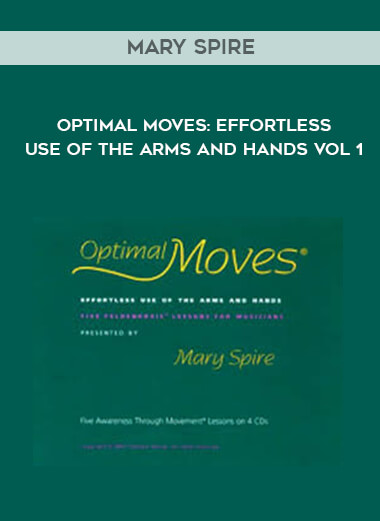
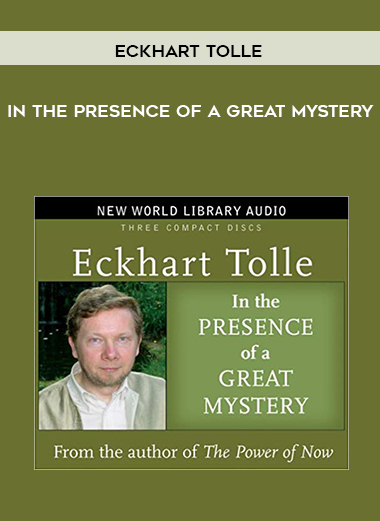







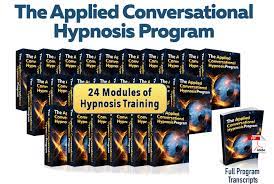

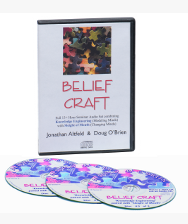
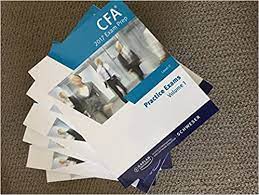



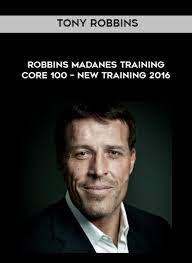












Reviews
There are no reviews yet.